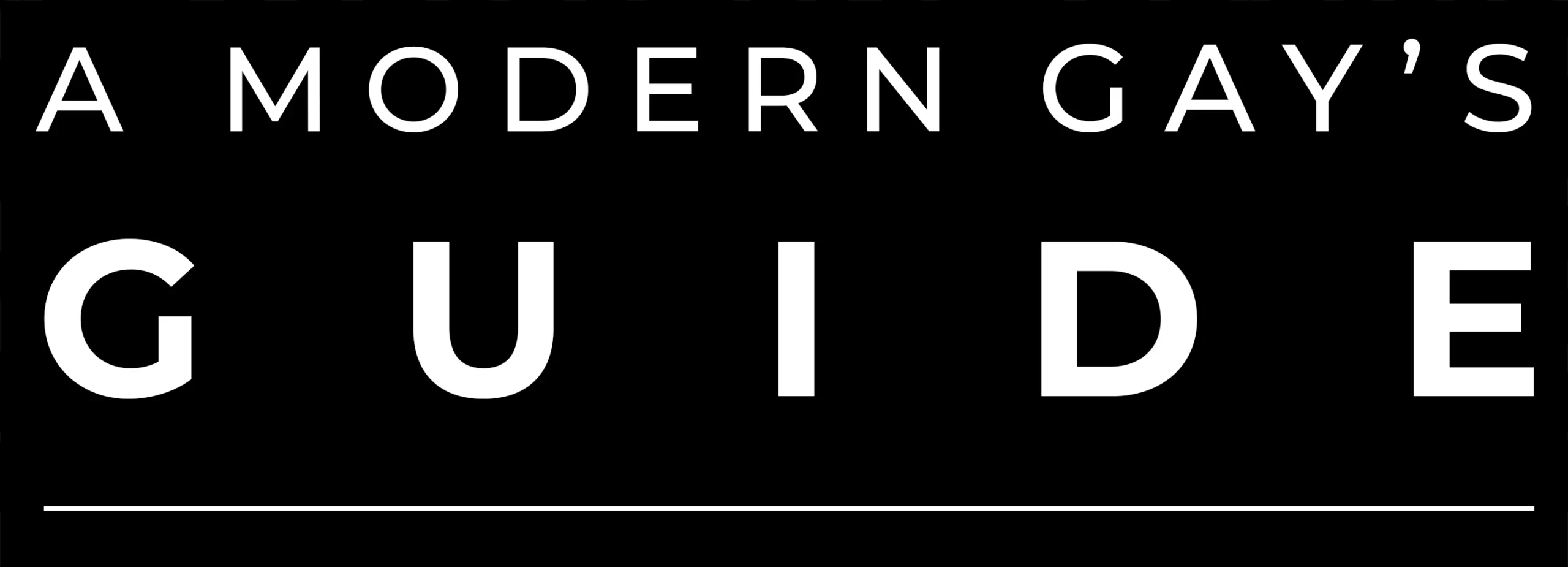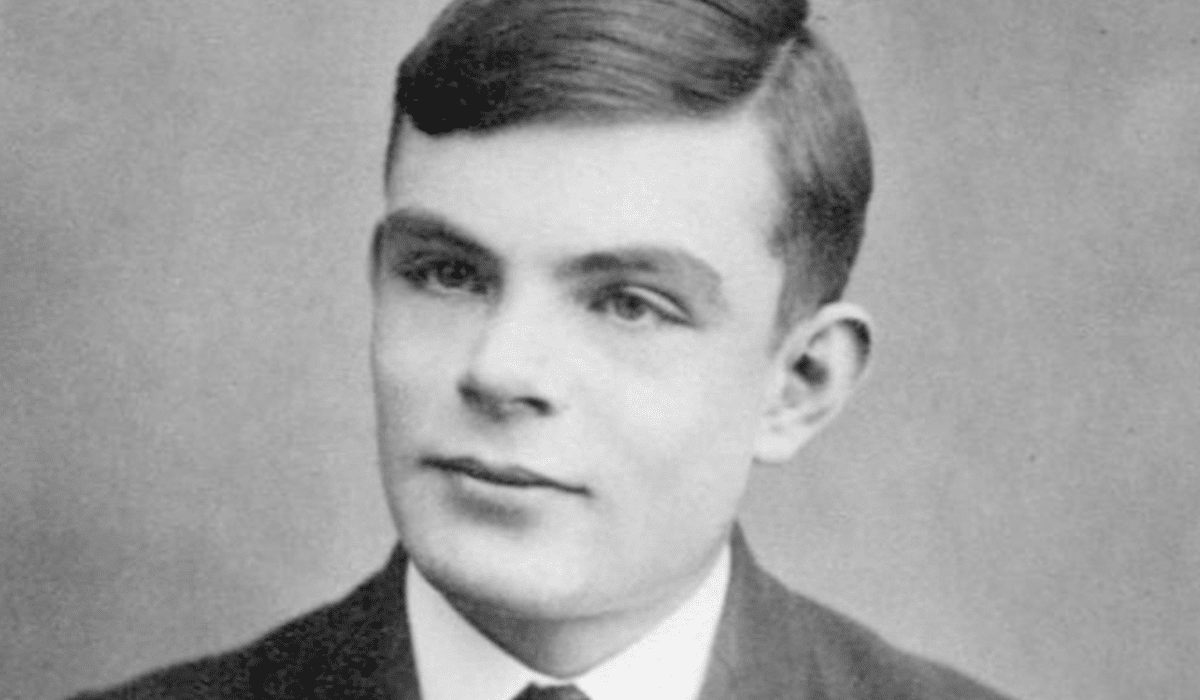Known by some as the Father of Modern Computer Science, Alan Turing was a visionary among his peers. In his short 41 years of life, the British mathematician, logician and cryptographer made major contributions to a number of fields including mathematics, philosophy, computer science, and artificial intelligence. Oh, and he played a significant role in the ending of WWII, too.
Turing was born in London in 1912 and – from a very young age – was regarded as genius by some of his teachers. Others, however, loathed Turing’s fondness for maths and science, and instead emphasised the importance of him being educated in the ‘classics’. Despite this, his natural inclination for more technical subject matter persevered, and by age 16, he was reportedly solving advanced mathematical problems and well on his way to understanding Albert Einstein’s works.
Around that same time, Turing met a boy by the name of Christopher Morcom, and the two became Absolutely And Positively Just Really, Really Good Friends And Nothing More. Just kidding. It’s been documented that Morcom was Turing’s ‘first love’, and the two shared their passion in maths and science which is as adorable as it is nerdy.
Unfortunately, however, just two years after they met, Morcom passed away from bovine tuberculosis. Naturally, Turing was devastated. I mean, who wouldn’t be? But through the sorrow, Turing worked harder than ever to become educated in the subjects that the two shared a passion for.
One year later, Turing was accepted into Cambridge where he studied – you guessed it – mathematics. Over the next few years, Turing made a number of significant contributions to the field, including creating the very first ‘computer’ while attempting to solve fellow mathematician Kurt Gödel’s ‘Entscheidungsproblem’ (*insert Nene Leakes’ ‘Whatever That Means’ GIF here*).
In 1938, Turing got a job with the British Government, working in their Government Code and Cypher School. Here, Turing’s primary objective was to work alongside senior codebreaker Dilly Knox to decipher the Enigma cipher machine used by the Nazis in the Second World War. And in the months leading up to May of 1940, they did just that.
With the help of the Poles, the French and fellow mathematician Gordon Welchman, Turing and Knox created a machine known as the ‘Bombe’, which was capable of breaking Enigma more effectively than its predecessors. By the end of WWII, more than 200 Bombes were in operation, allowing the team to intercept and decipher hundreds more Nazi signals than previously possible.
It’s said that this work was the single greatest contribution to the Allied victory; shortening the war by several years, saving countless lives and quite literally altering the course of history.
After the Second World War, Turing kept working in the field of computer science, but this time on more abstract ideas. In fact, it’s these works (in the years prior to his death) which contributed significantly to the field of Artificial Intelligence by way of the Turing Test.
Essentially, Turing created a set of standards to define whether a machine could be called ‘intelligent’, including whether or not a human could tell that it’s interlocutor was a machine (rather than another human)…something no machine has ever been able to achieve to this day.
However, despite all that he did (and achieved) for the world and for his country, the British Government could not get over the fact that he was a gay man (#obsessed). So in 1952, he was convicted of ‘gross indecency’ (aka being a homo), and was sentenced to 12 months of ~hormone therapy~.
As a result of this conviction, he would never again be able to work for the same government he achieved so much for.
Then, just two years later, Turing passed away f rom cyanide poisoning. The cause of the poisoning is still (largely) unknown, with some chalking it up to death by suicide, and others asserting that he’d been murdered.
Many, many years later, the legacy of Turing’s life and works were (finally) acknowledged, and he was granted a posthumous pardon for his conviction of ‘gross indecency’. In 2017, the introduction of ‘Turing’s Law’ extended that pardon to all gay men convicted under similar historical laws. And, finally, in 2019, it was announced that Turing would be the new face of the £50 note, becoming one of the few LGBTQIA+ icons to ever make it on to a banknote.




